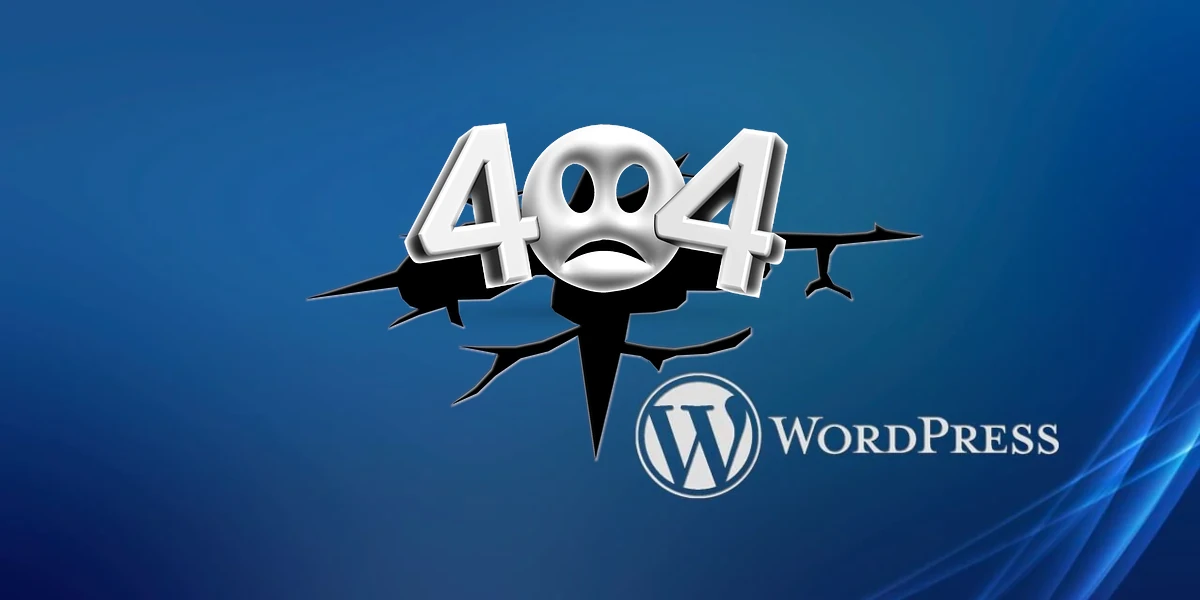
Resolving WordPress Website Downtime – Addressing WP Plugin Conflicts.
Imagine this: You’ve just installed or updated a WordPress plugin, excited about the new features or fixes it promises. However, instead of a seamless experience, your website crashes. Panic sets in. But fear not, this is a common issue many website owners face, and there are systematic ways to address and resolve it. Here’s a step-by-step guide to help you navigate through such a scenario:
1. Don’t Panic
First and foremost, stay calm. It’s essential to approach the situation logically and methodically. Remember, with backups and the right steps, almost any issue with WordPress can be fixed.
2. Enter Recovery Mode
Starting from WordPress 5.2, a built-in feature called “Fatal Error Protection” was introduced. When a critical error occurs, an email is sent to the admin address with a special link to access the dashboard. This link allows you to enter the Recovery Mode, which deactivates the problematic plugin or theme, giving you backend access without completely disabling everything.
3. Access WP-Admin
If you can’t access your website’s frontend, try accessing the backend by typing in your website URL followed by “/wp-admin”. If successful, you can directly deactivate the problematic plugin.
4. Deactivate the Plugin via FTP
If you can’t access your WP-Admin:
- Connect to your server using an FTP client like FileZilla.
- Navigate to
wp-content/plugins/. - Locate the folder of the recently installed or updated plugin.
- Rename the plugin’s folder (for instance, rename “pluginname” to “pluginname_disabled”). This action effectively deactivates the plugin, and you should be able to access your site.
5. Check for Conflicts
Once you’ve regained access, it’s crucial to understand the source of the problem. Sometimes, plugins conflict with each other or with your theme. To pinpoint the issue:
- Deactivate all plugins.
- Reactivate them one by one, checking your site’s functionality after each activation.
- If a specific plugin causes the crash again, it’s the culprit. Keep it deactivated.
6. Rollback the Plugin
If an update caused the crash, consider rolling back to the plugin’s previous version using a plugin like “WP Rollback”. This will let you revert to an older, stable version until the issue with the newer update is resolved.
7. Check for Updates
Often, plugin developers release fixes quickly after identifying a bug. Before making any drastic changes, check to see if there’s an update available for the plugin, theme, or even WordPress core that could resolve the problem.
8. Reach Out for Support
If you’re unable to identify or solve the problem, reach out:
- Consult the WordPress forums.
- Contact the plugin developer directly.
- Seek assistance from a professional developer or agency.
9. Keep Regular Backups
Prevention is always better than cure. Regularly backing up your website ensures that you can quickly restore it to a working state, minimizing downtime. There are numerous plugins, like “UpdraftPlus” or “BackupBuddy”, designed for this purpose.
10. Report the Issue
Once you’re back on track, consider informing the plugin developer about the issue. It will not only help them improve the plugin but also prevent other users from encountering the same problem.
In conclusion, while a crashed website can be stressful, it’s essential to remember that solutions exist. By methodically following the steps outlined above, you can efficiently restore your site’s functionality and continue providing a seamless user experience. Always ensure you keep regular backups and maintain open communication channels with plugin developers and the broader WordPress community.



